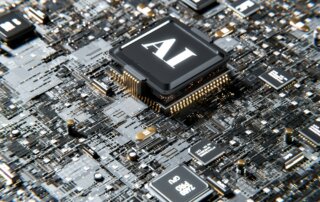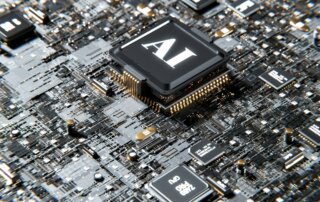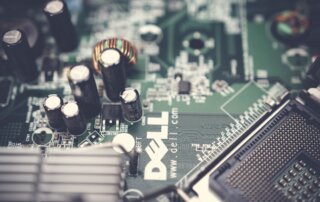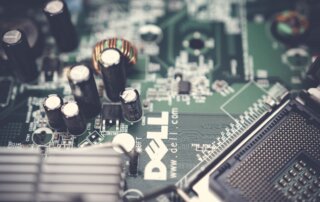Orienting Economic Statecraft for China’s Military-Civil Fusion: LiDAR in the Field
September 18, 2024The volume and variety of apparent military applications of LiDAR suggests that China may well have concepts of operations and use cases for LiDAR that could generate surprise on the battlefield – and off.
The Risk of China’s Nitrocellulose Advantage – And What the US Defense Industrial Base Can Do About It
May 22, 2024Protracted conflict, as seen in today’s kinetic battlefields, demands sustained munition production. The US defense industrial base – and its allied peers – need to demonstrate to those in Beijing, Tehran, and Moscow that the United States can compete in production and re-supply.
Cooperate or Compete? The Zero-Sum Game of AI Engagement with China
March 26, 2024The United States and China have reportedly reached an agreement to extend the decades-long cooperative framework of the US-China Science and Technology Agreement. That recent move follows Biden [...]
The US national innovation base has critical weaknesses. Just look at Starlink.
September 1, 2023To compete with China, the US needs a robust industrial and innovation base, able to withstand attacks on the battlefield and the factory floor. Real American dynamism – and real competitive advantage – stem from credible and sustainable power. Starlink's, and more broadly Elon Musk's, dependence on China underscore the vulnerabilities in current US national defense strategy.
All Hat No CATL: Are State Leaders Wising up to China’s Industrial Threat?
March 2, 2023Ford has announced that it will collaborate with a Chinese State-backed supplier in establishing a battery plant for electric vehicles in Michigan. This despite the fact that an EV battery plant dependent on Chinese technology runs contrary to ambitions to shore up dependence on Chinese players and increase sustainable American industrial capacity.
Why Dell Ditching Chinese Chips Is Great, but Not Enough
January 18, 2023For decades, US companies have been swayed by the siren song of cheap production and rapid market growth in China. Dell, which announced at the start of this year that it intends to stop using semiconductors made in China by 2024, could be at the vanguard of reversing this trend. Or it could be putting a band-aid on a bullet hole.














